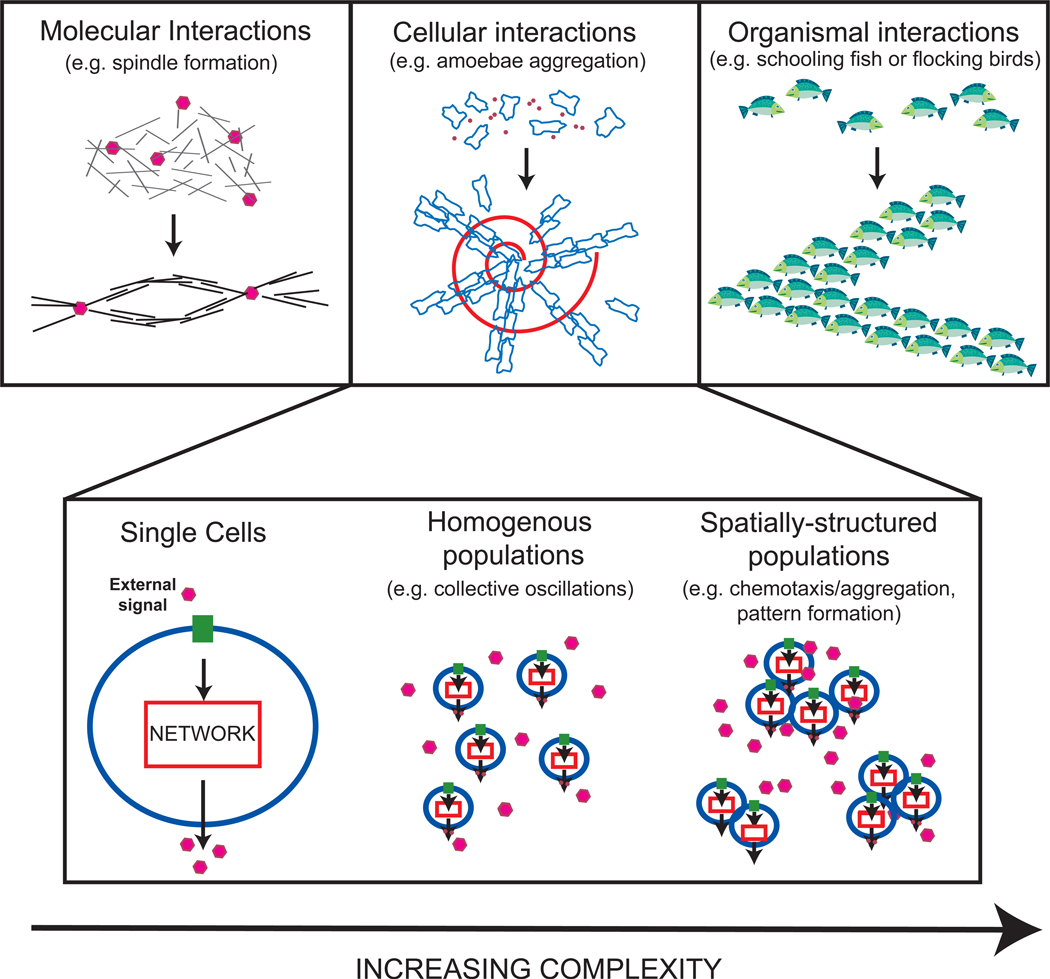Figure 1. Collective behaviors in biology at different levels of complexity.
Top: Collective behaviors in biology exist at the molecular (mitotic spindle formation [1]), the cellular (social amoebae aggregation [4]) and the organismal (schooling fish [8]) levels. This review focuses on systems at the cellular level. Cellular organism retain many of the interesting phenomena found in higher-order organisms such as information processing and collective decision making, with the added advantage that behavior can be directly linked to processes at the molecular level.
Bottom: Cellular systems can be analyzed at three different levels of complexity, at the level of isolated cells, homogenous cell populations, and spatially-structured populations [77]. Understanding behavior requires systematic examination of these systems at all three levels of complexity. The main challenge faced when examining these systems is to link behavior at the single cell level to that of populations and vice versa.

